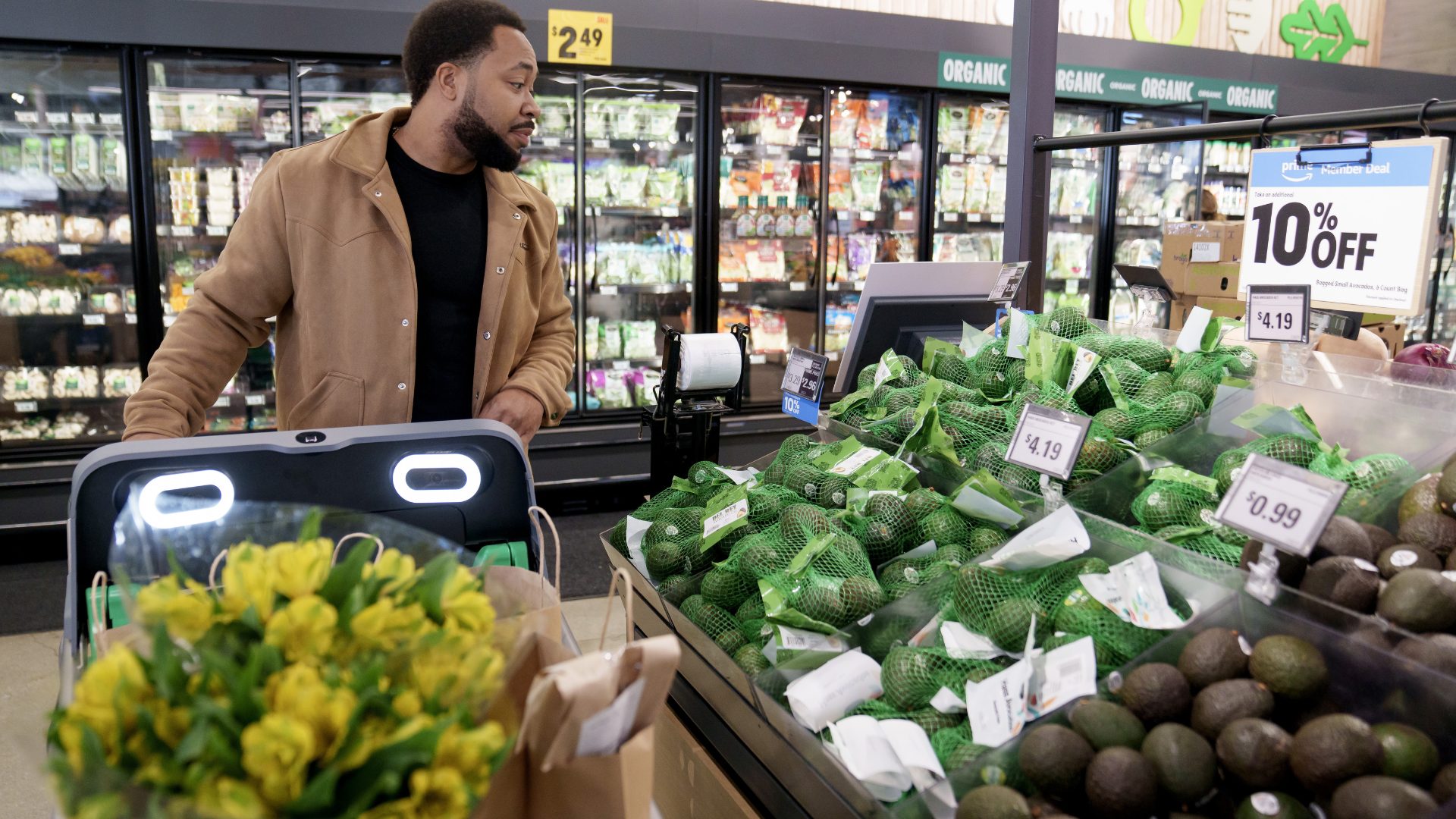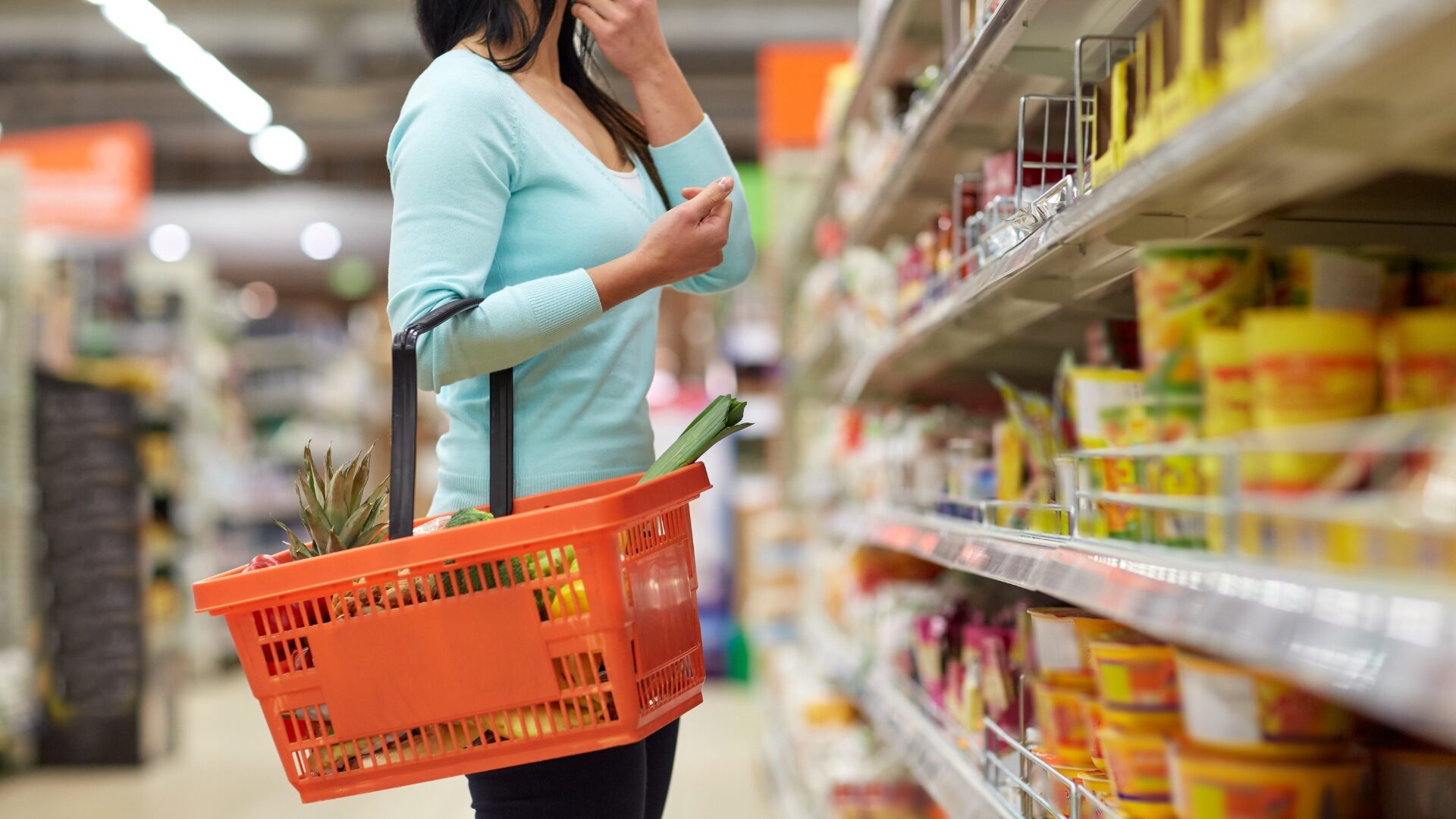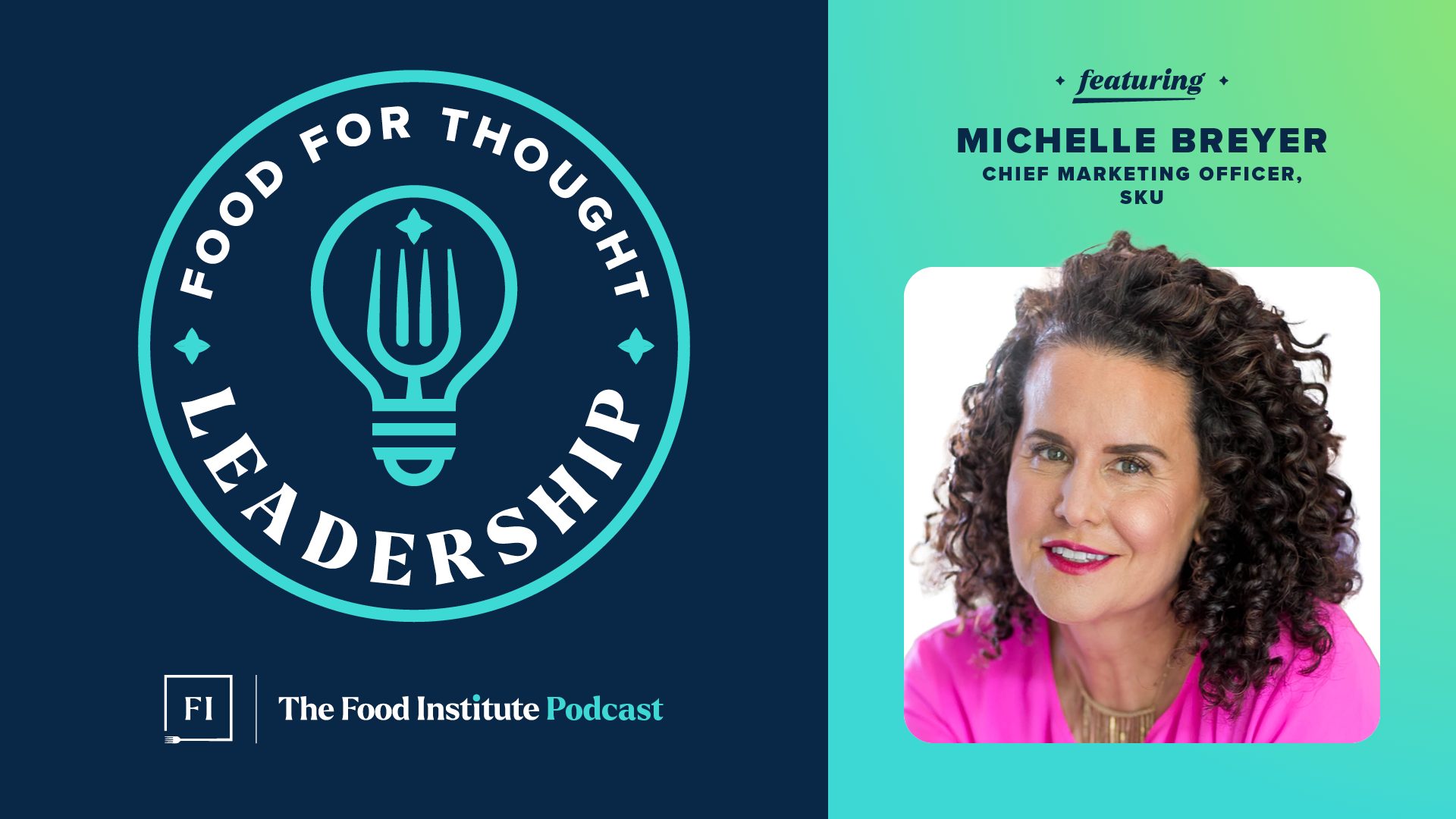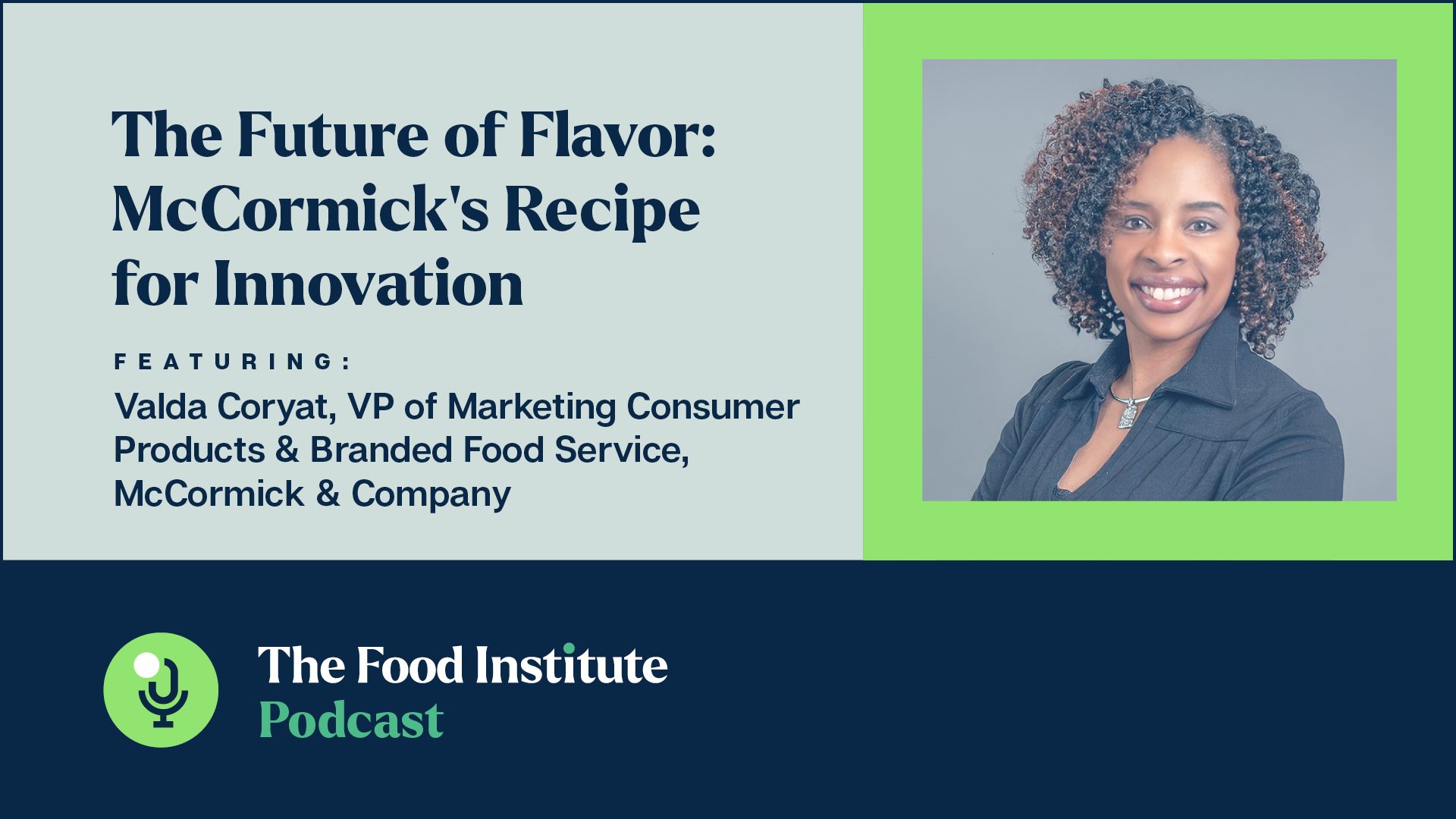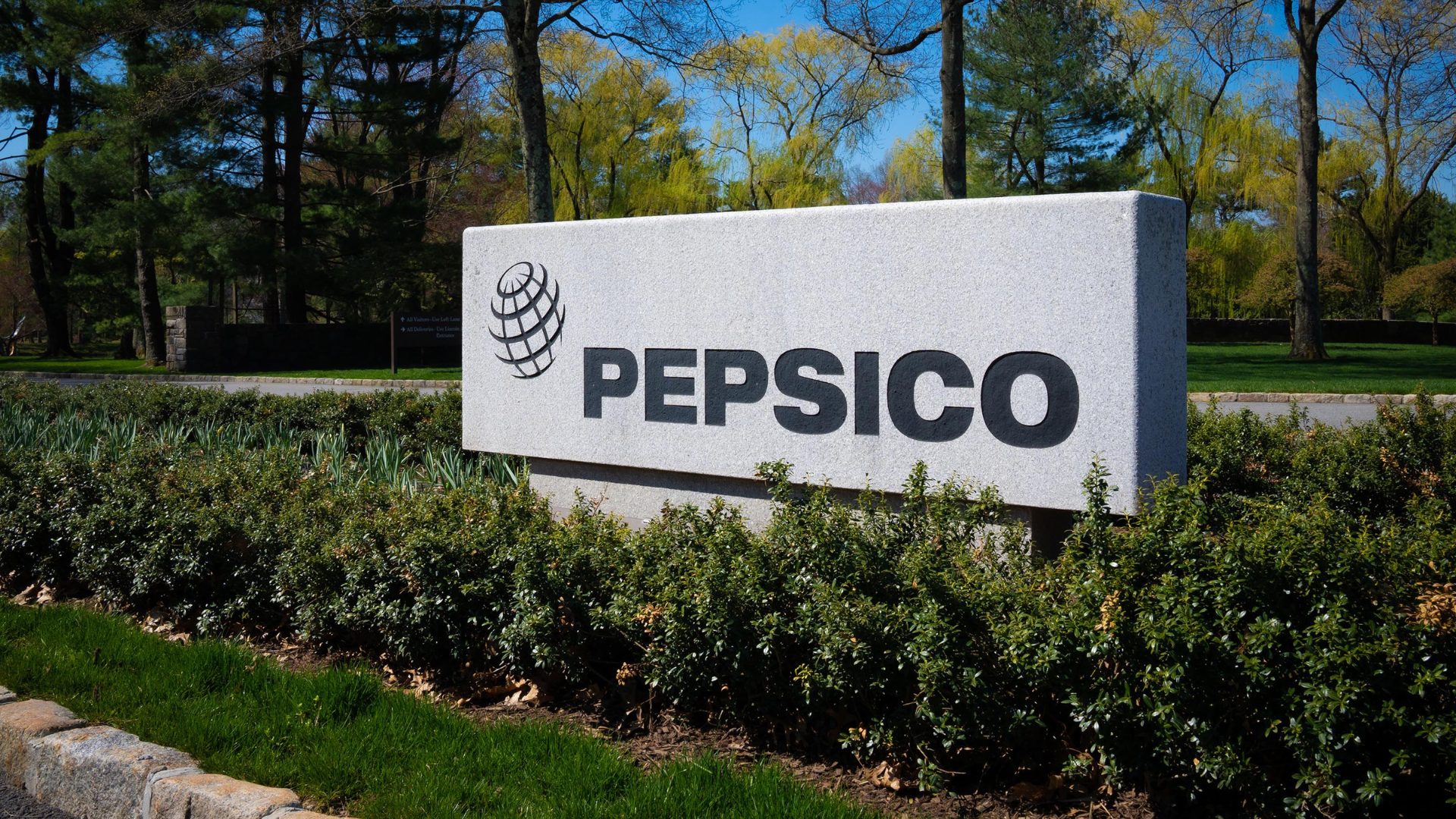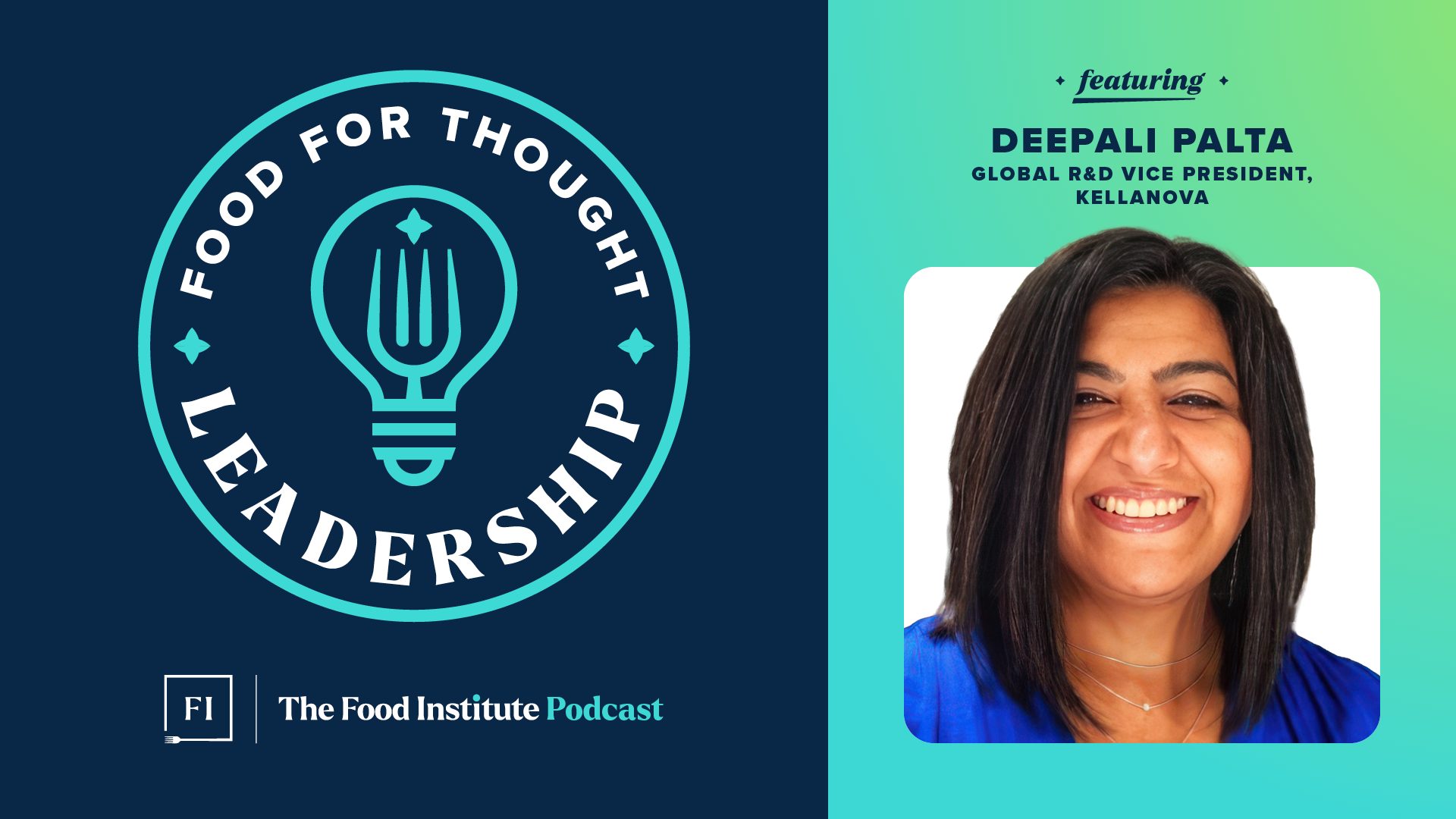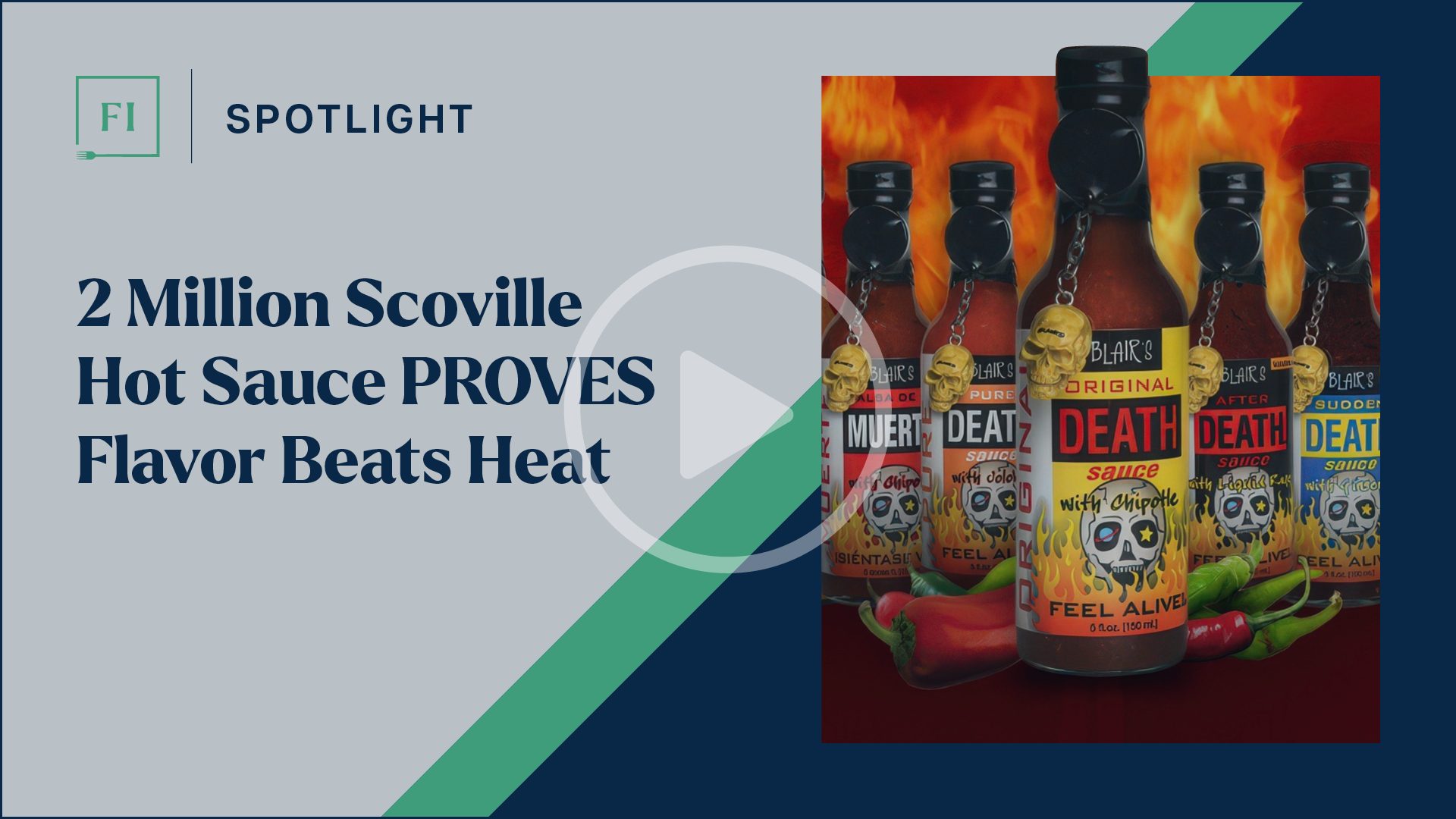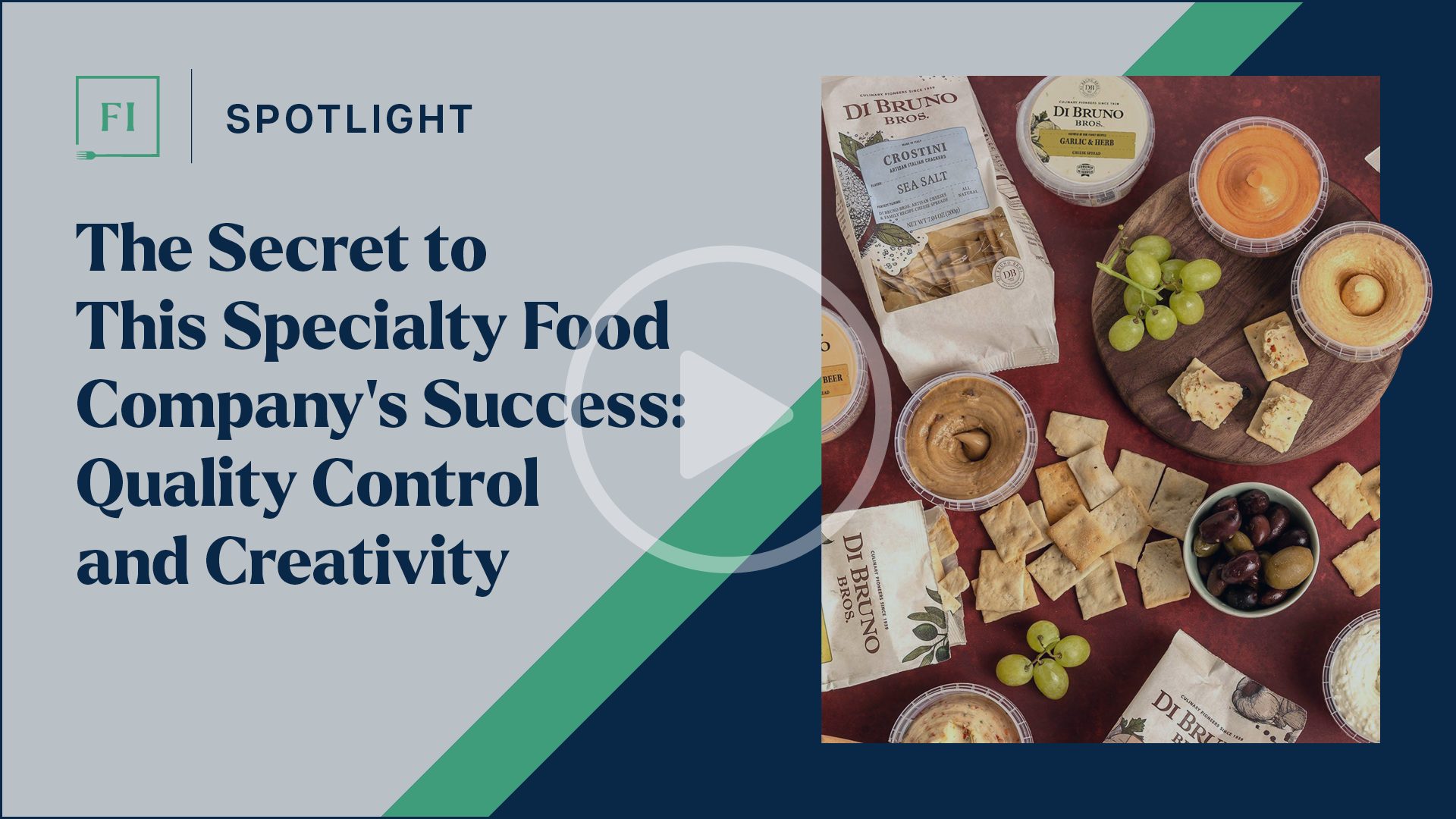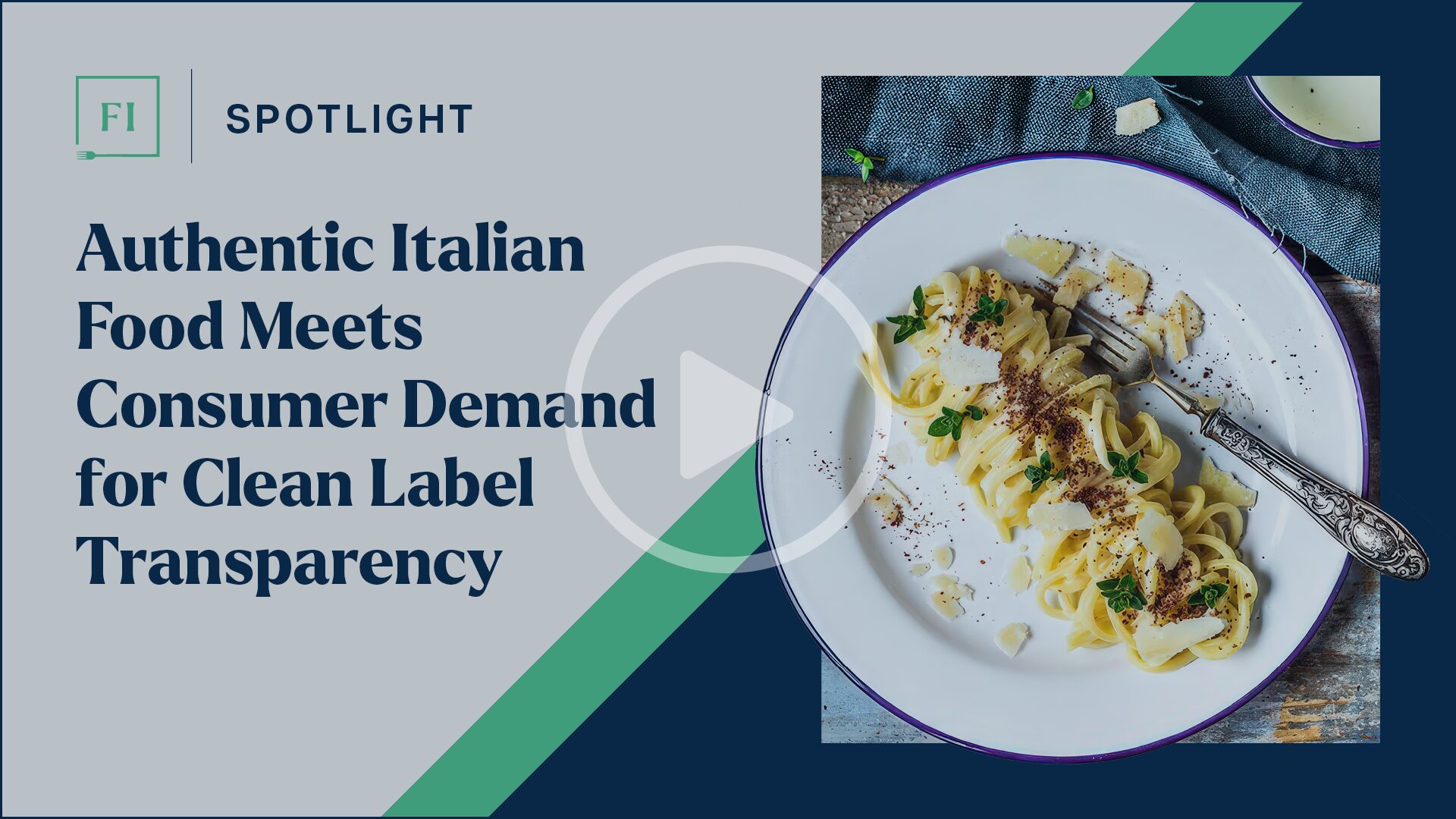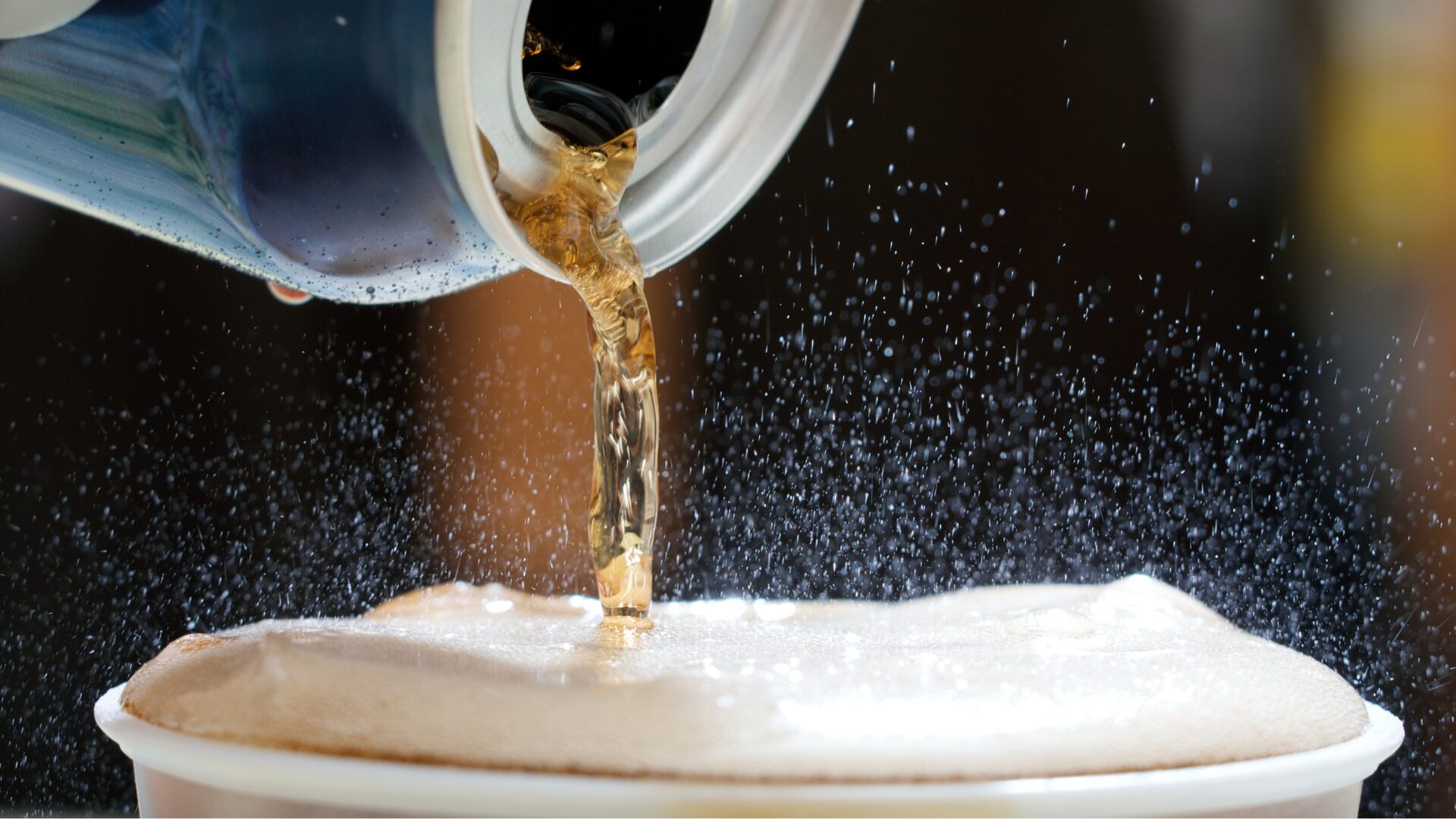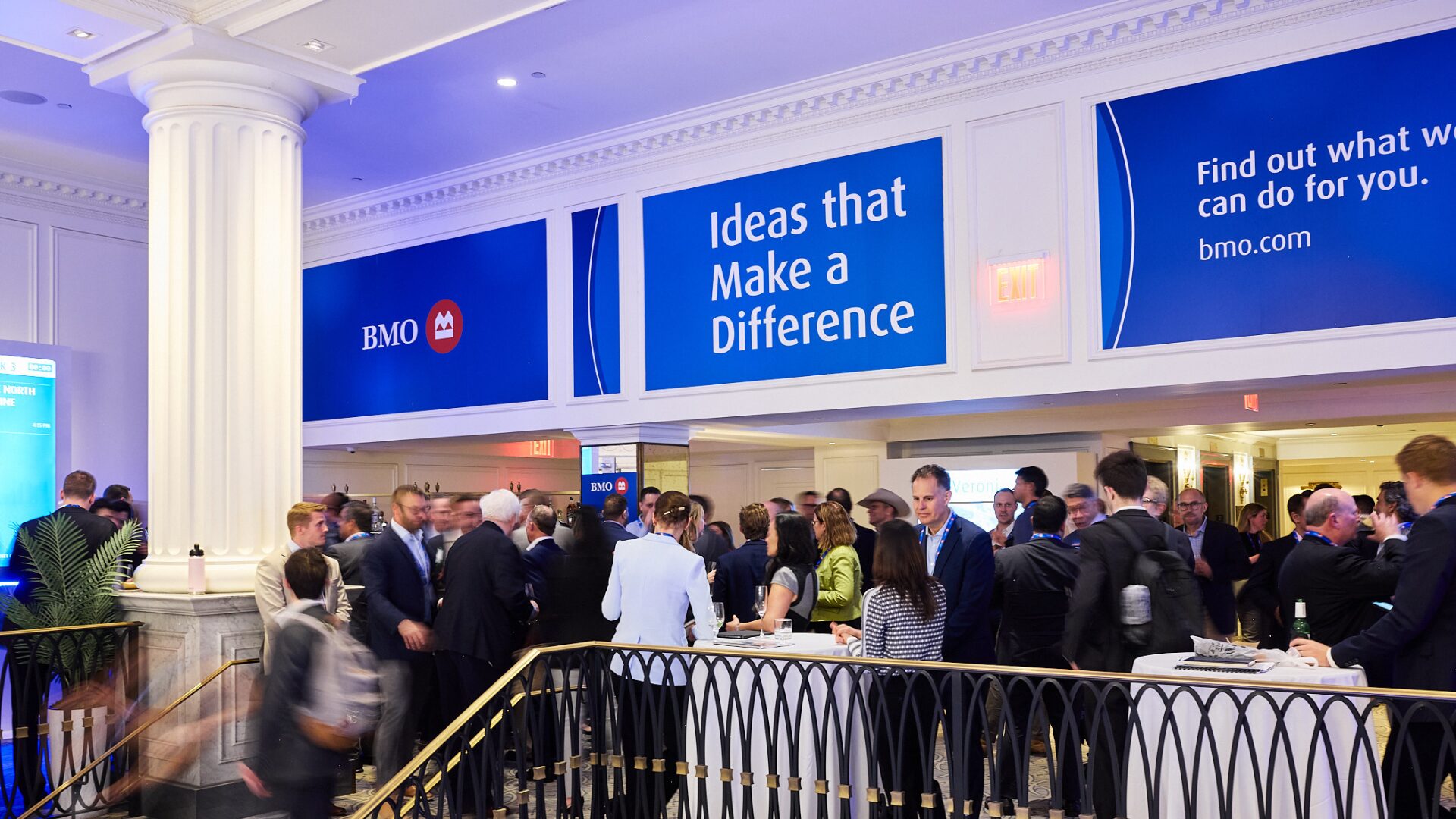
Food for Thought Leadership: How Lasso is Reinventing Food Manufacturing
Former Oatly U.S. President Mike Messersmith explores how Lasso’s SpinTech could transform food processing, creating sustainable, high-protein, clean-label innovations with new textures and ingredient possibilities.
A.I. Digital Twins of Your Customer Are Reshaping CPG Marketing – Here’s How
Preparing for the Worst: What F&B Leaders Can Learn From ByHeart Recall
The ByHeart recall is a stark reminder that crisis readiness isn’t optional – it’s a brand imperative. F&B leaders must treat recalls as enterprise-wide events and build muscle memory through proactive, AI-augmented preparedness.
Black Friday Fatigue? Consumers Shop Early, Skip the Frenzy
Inflation-weary consumers are fueling a shift from value meals to value-driven holiday shopping, with retailers responding through bundled bargains. Convenience and cost-consciousness are redefining seasonal food strategies and gift spending.
Winter FancyFaire Surprises You Can’t Miss
For Hain Celestial, The Debt Has Come Due
Once a natural foods juggernaut, Hain Celestial is now a cautionary tale of over-acquisition and underperformance. After a decade of turnarounds, the cupboard of fixes appears bare, and time is running out.
The Strategic Case for the Grubhub, Instacart Team Up
Grubhub and Instacart’s unlikely alliance fills strategic gaps for both, fueling Wonder’s super app ambitions. It’s a calculated surrender on grocery that unlocks possibilities for a full-spectrum mealtime dominance.
Snack to the Future: How Food Brands Can Secure Gen Alpha Customers
Gen Alpha is redefining brand loyalty through flavor exploration, social rituals, and sensory-driven snacks. Food brands that spark chatter and embrace kid-centric culture are winning hearts, along with future market share.
Thanksgiving Preview: Connection, Cost-Consciousness Define 2025 Holiday
Consumers are craving connection and comfort as Thanksgiving approaches, but inflation is reshaping how they celebrate. Value-driven choices are influencing holiday traditions, resulting in predictions for pared-down menus.
GLP-1 Drugs Have Inspired Precision Eating: What F&B Leaders Need to Know
GLP-1 drugs are shrinking appetites and supercharging demand for nutrient-dense, snackable formats. Precision eating is rewriting menus and appears to be reshaping the future of food, drink, and wellness.
Emerging Brands as Content Studios: The Trend Your Ad Agency Wants You to Ignore
Emerging brands are ditching ad agencies and building in-house content studios to control speed, cost, and creativity. Owned media is no longer optional – it’s the new engine of consumer marketing and brand memorability.
Why The Winter FancyFaire App Will Change Your Trade Show Experience
Food for Thought Leadership: How SKU Is Shaping the Next Generation of CPG Brands
Kellanova vice president Dr. Deepali Palta shares how a focus on the consumer, business, and technology impact global innovation at the company.
What Makes San Diego Perfect for Food Lovers? SFA’s Winter FancyFaire Investigates
Move Over Dirty Soda, Heavy Soda Goes Viral
Heavy soda — an ultra-sweet, syrup-heavy twist on fountain drinks — is gaining viral traction and nostalgic appeal. With minimal operational lift, it offers high-margin potential and Gen Z buzz for savvy beverage retailers.
The Future of Flavor: McCormick’s Recipe for Innovation
Valda Coryat reveals how curiosity powers McCormick’s foresight, why segmentation by “flavor personality” matters, and the future of flavor.
Automating Food Production with AI-Enabled Robots
A $4B Investment Aims for an Uncertain Turnaround at PepsiCo
Elliott Management just invested $4 billion in PepsiCo, betting it can fix what fizzled. The activist investor envisions a turnaround – assuming legacy brands can still thrive in a GLP-1 world.
Where to Find Top Food Trends in 2026
For Tyson, Investors Worry About More Than Just the Industry
Tyson’s beef woes mask solid gains in chicken and prepared foods, and investors remain skeptical. With leadership shakeups and earnings volatility, the market’s appetite for Tyson stock is far from ravenous.
Food for Thought Leadership: Kellanova’s Deepali Palta on AI, Sustainability, and Growth
Kellanova vice president Dr. Deepali Palta shares how a focus on the consumer, business, and technology impact global innovation at the company.
Why Is Everyone Excited for the Winter FancyFaire?
FI Spotlight: 2 Million Scoville Hot Sauce Proves Flavor Beats Heat
FI Spotlight: Baking Industry Leader Reveals Why Sustainability Is The Future of Food
FI Spotlight – The Secret to This Specialty Food Company’s Success: Quality Control and Creativity
FI Spotlight: Authentic Italian Food Gives Consumers What They Really Want
Investors Are Getting Worried About Big Beverage Names
Beverage giants appear to be losing their buzz. Investors are signaling deeper concerns despite steady profits. As GLP-1s and shifting health sentiments rise, the sector’s long-term resilience may be entering a new taste test.
CPG Giants Pledge to Remove Food Dyes
Over the past few weeks, CPG giants have pledged their support in removing select artificial food dyes in an apparent bid to align their practices with the U.S. Department of Health and Human Services and …
Economic Strain: Food Bill Gets Unruly
Despite wage gains, food inflation continues to outpace earnings, leaving consumers increasingly anxious about grocery costs. Meanwhile, new tariffs threaten to disrupt the food industry, with stakeholders bracing for volatile pricing and potential shifts in shopper loyalty.
Brands Brace for Shrinkflation as Steel, Aluminum Levies Double
Steel and aluminum tariffs have risen significantly, and grocery prices may soon follow suit. From canned goods to premium imports, food brands face tough choices – shrinkflation, price hikes, or packaging pivots – to absorb escalating costs.
Steaks Are High: GLP-1 Drugs Reshape Beef Demand
GLP-1 drugs like Ozempic are reshaping consumer appetites, with nearly half of users eating less beef. As this trend accelerates, meat producers face a challenge, while plant-based brands are presented with an opportunity.
Tiny Tastemakers: Gen Alpha Dubbed ‘The Foodie Generation’
Gen Alpha’s distinct food and beverage preferences, coupled with its astonishing $5.5 trillion global market share by 2029, shape it up to drive a sustained impact on the food and beverage industry. Learn about why some are calling them “the foodie generation.”
Healthy Snacking with Diabetes
The growing demand for diabetes-friendly snacks presents a lucrative opportunity for the food industry to merge taste with nutritional balance. With consumers increasingly seeking blood sugar-friendly options, a new movement related to snacking has taken root.
U.S. Brands in Canada: A Trade War is On, But the Market’s Not Closed
Despite escalating trade tensions and a growing Canadian consumer boycott of American products, U.S. brands still have opportunities in Canada, particularly in resilient categories like soft drinks. A poll by Leo & Dragon revealed that Millennials and Gen Z consumers remain open to purchasing American goods.
Tariff Talk, State of Ag at 2025 BMO Global Farm to Market Conference
Food industry leaders gathered at the 2025 BMO Farm to Market Conference to dissect key challenges, including tariff pressures. Despite economic uncertainties, brands and retailers are deploying strategic pivots to ensure continued growth.

